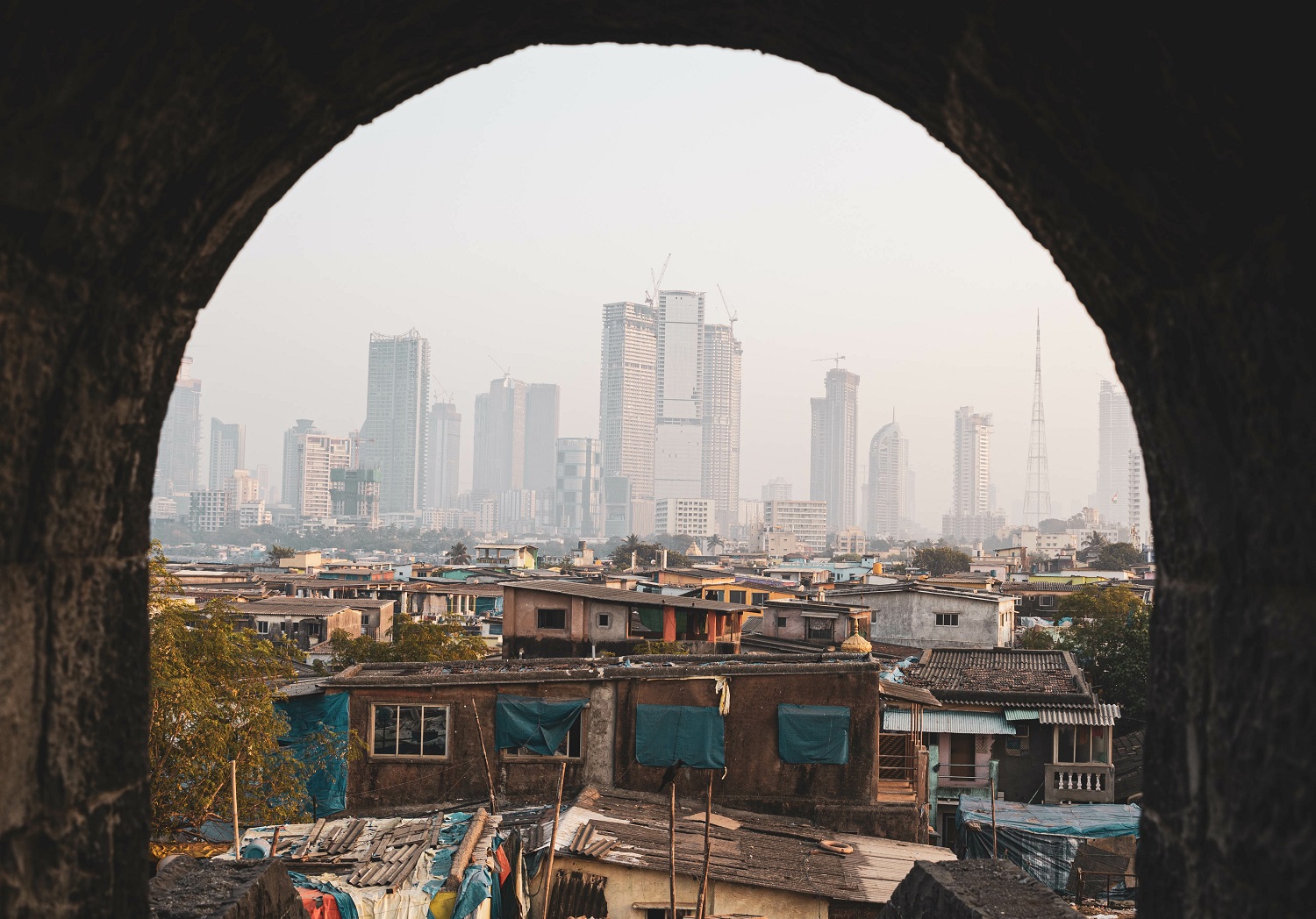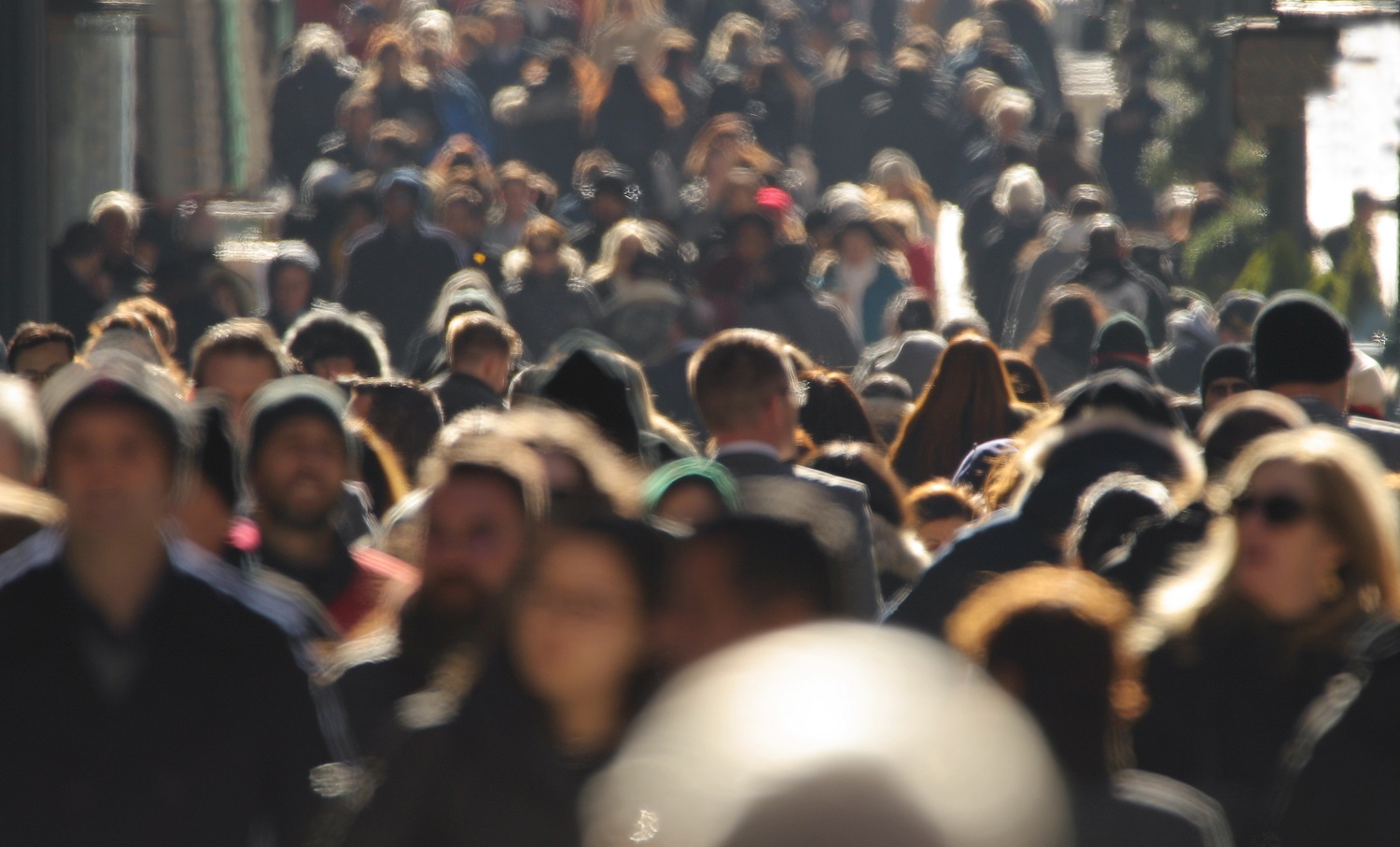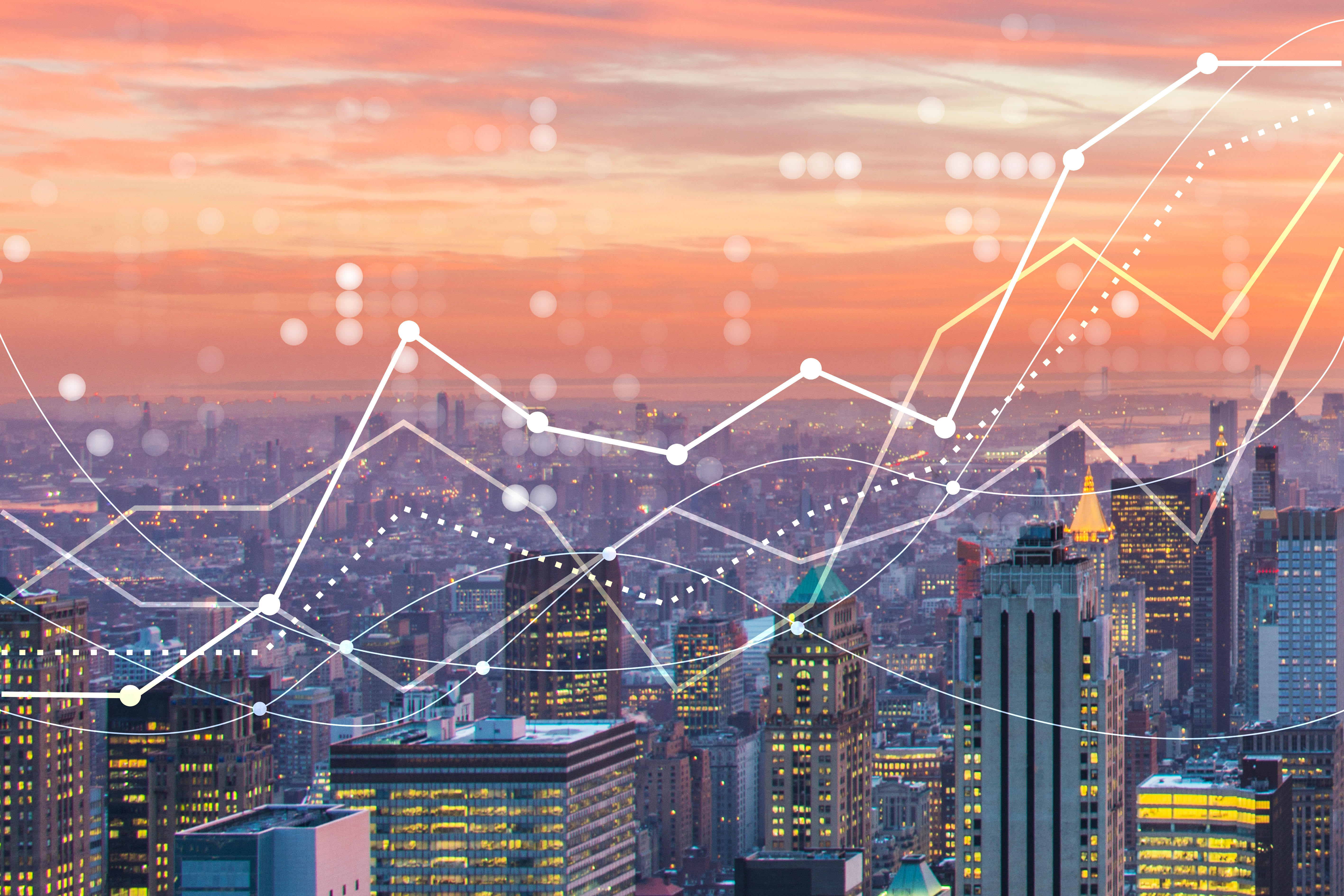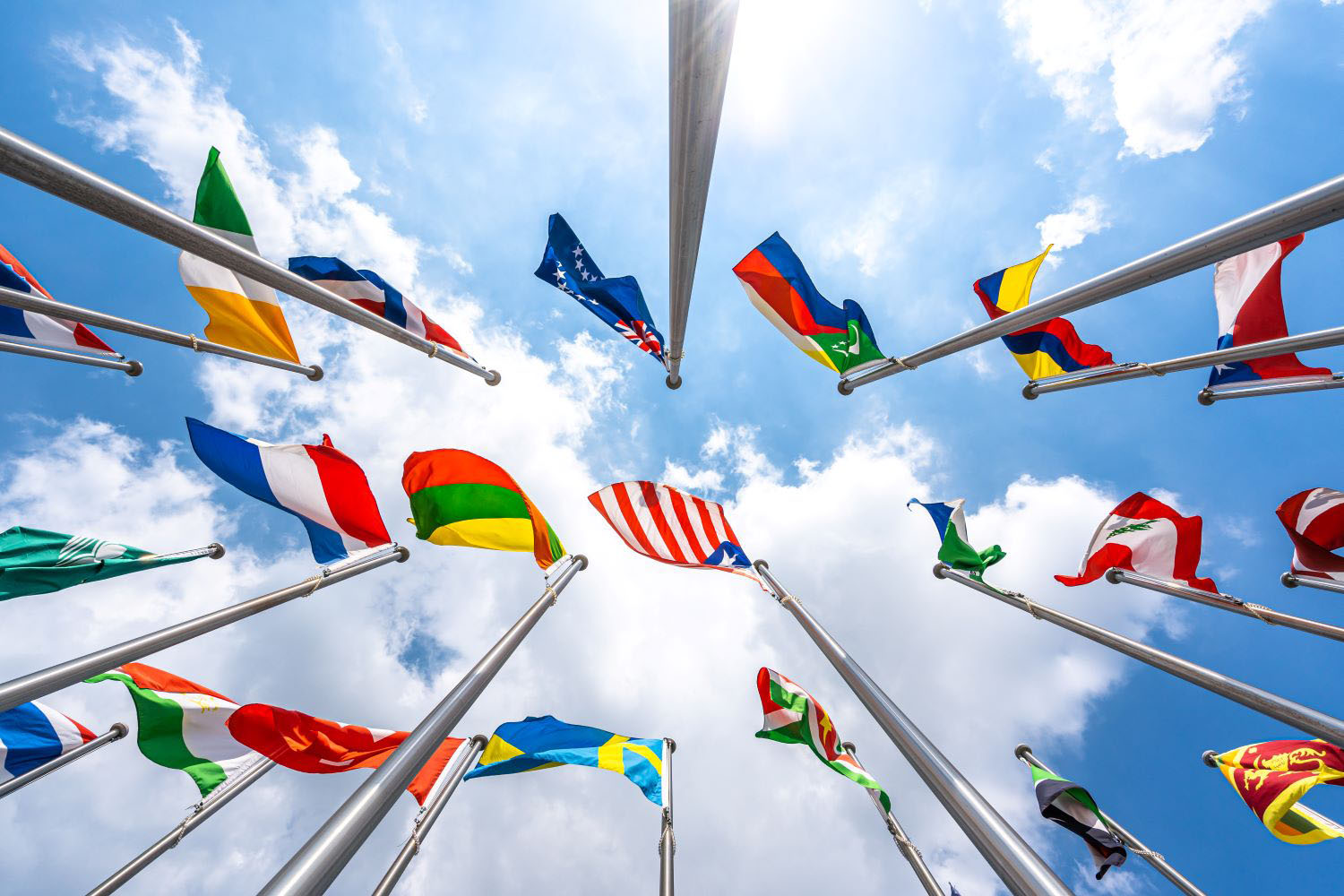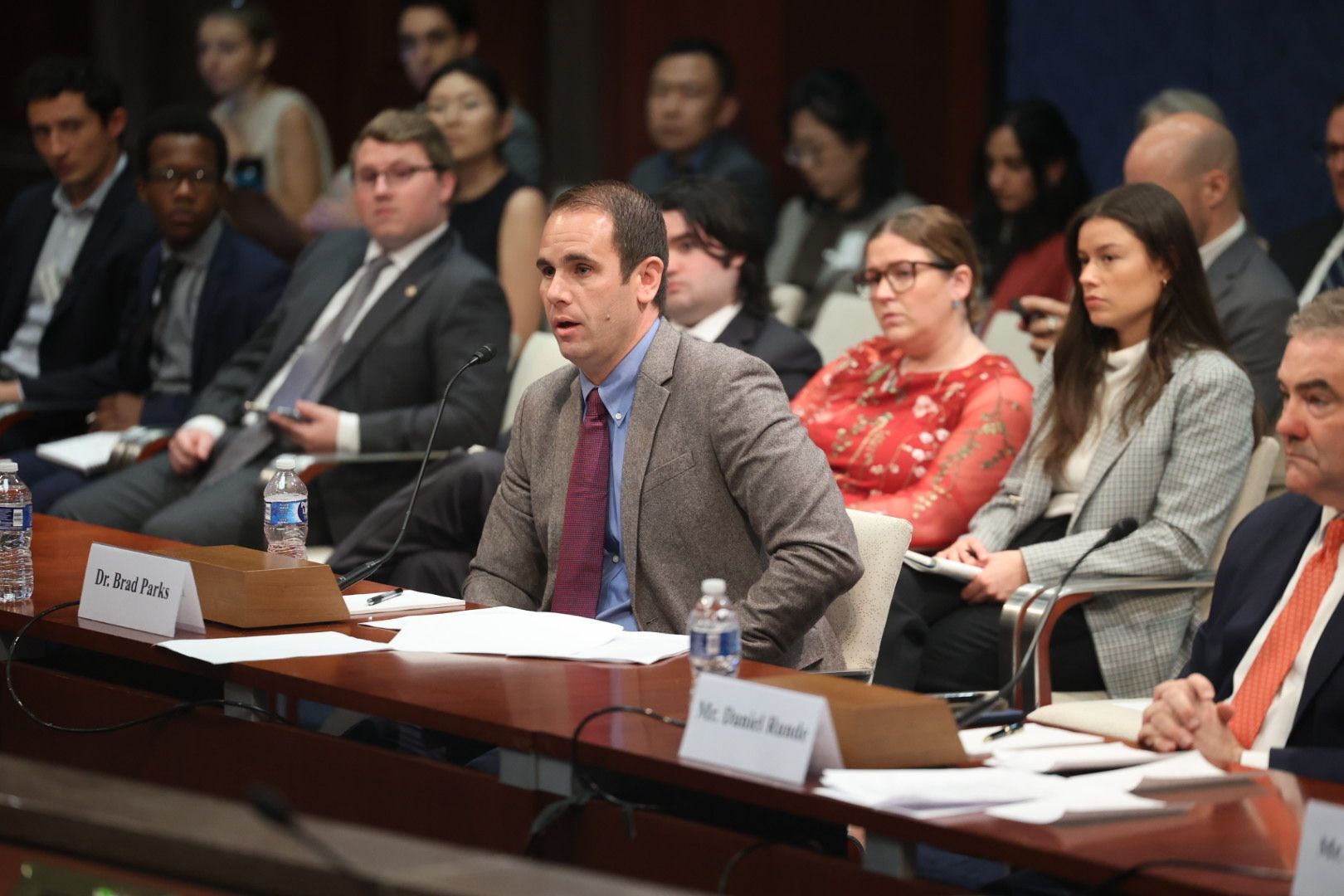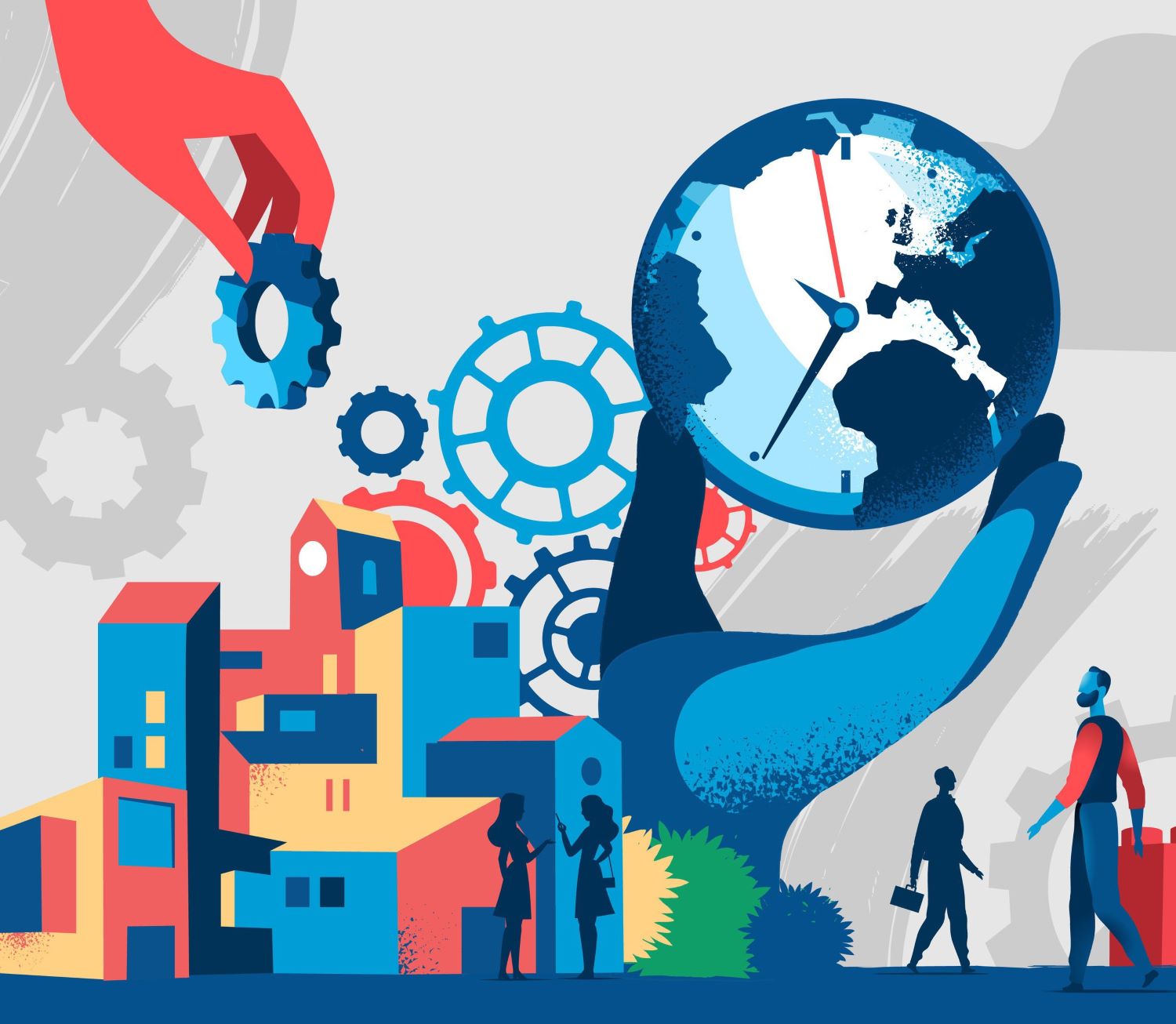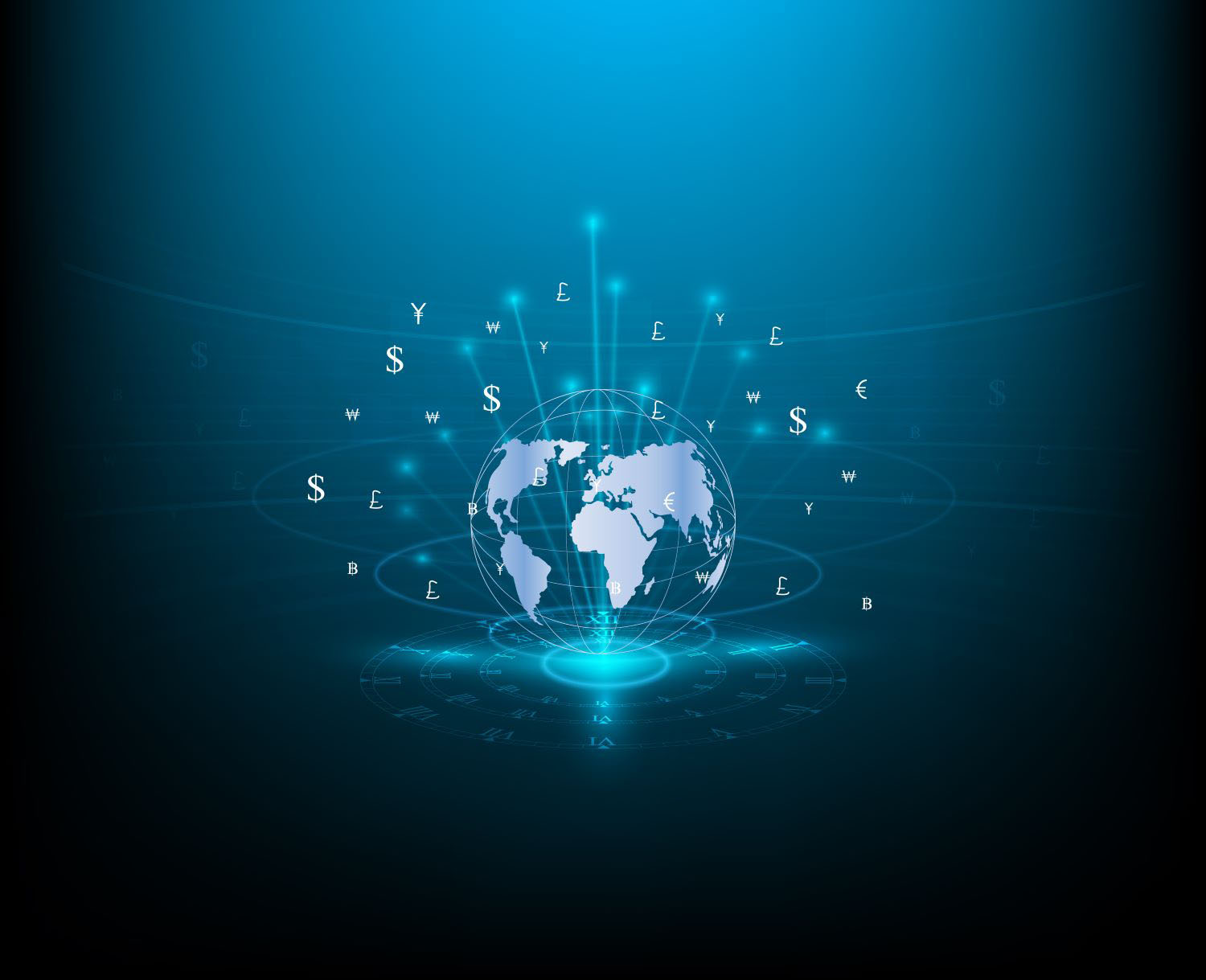Recommended
The World Bank’s extreme poverty line has been a huge marketing success, motivating widespread discussion of global poverty. At the same time, it has growing weaknesses. For measuring progress, we want a fixed-definition indicator. The extreme poverty line is not that. For measuring or guaranteeing access of a basic bundle of “economic goods and services” we want to measure (potential) access to those services. The extreme poverty line doesn’t do that. For targeting assistance, we want an indicator that influences distribution. The extreme poverty line has largely been ignored in that regard. A multidimensional indicator tied to the Sustainable Development Goals might be a worthy replacement.
From the paper:
What are poverty lines for? First, to help measure progress and regress in the quality of life of those most disadvantaged (either relative or absolute). That of course is related to the question "what is poverty"–a term that can encompass (i.a.) levels of deprivation that are literally unlivable over the long term (because they involve utterly inadequate nutrition, for example), specific deprivations of goods, services, or outcomes deemed unacceptable by a moral community (lack of potable water or education, stunting), a level of income judged inadequate to avoid such deprivations and/or a level of income deemed inadequate on the grounds of equity and participation. Related to that, poverty lines themselves can help set a socially accepted target for a minimum quality of life potentially including a basket of minimum goods and services. Third, and most importantly, poverty lines focus policy attention and resources on the most disadvantaged in a community.
At the national level, poverty lines are often a targeting mechanism for welfare payments and for differential pricing of access to services. In the international context as well, they are used both as a tool for directing attention and for progress measurement: notably, the first UN Millennium Development Goal and target as well as the first UN Sustainable Development Goal and target involve progress toward reducing extreme poverty, by 50 percent between 1990 and 2015 in the case of the MDGs and to zero by 2030 in the case of the SDGs.
But the global extreme poverty line falls short on these uses, and increasingly so:
- For measuring progress, we want a fixed-definition indicator. The extreme poverty line is not that. (And in particular, it is not an absolute line as is widely assumed.)
- For measuring or guaranteeing access of a basic bundle of ‘economic goods and services’ we want to measure (potential) access to those services. The extreme poverty line doesn’t do that.
- For targeting assistance, we want an indicator that influences distribution. The extreme poverty line has largely been ignored in that regard.
The first part of this paper suggests these problems are getting worse, not better. The extreme line is: (i) increasingly about measuring changes more than actual levels of consumption as it gets toward the tail of the global income distribution (ii) doesn’t come close to measuring the same quality of life as it used to and, (iii) (thanks to economic growth) is irrelevant to more and more countries.
One option would just to abandon the effort, but this would be a mistake: poverty lines still have a role. They are a useful measure of progress even if a partial one, and can be a helpful (if exceedingly blunt) targeting tool. The last part of this paper discusses some potential options.
Read the full paper here.
Rights & Permissions
You may use and disseminate CGD’s publications under these conditions.
Image credit for social media/web: Adobe Stock


